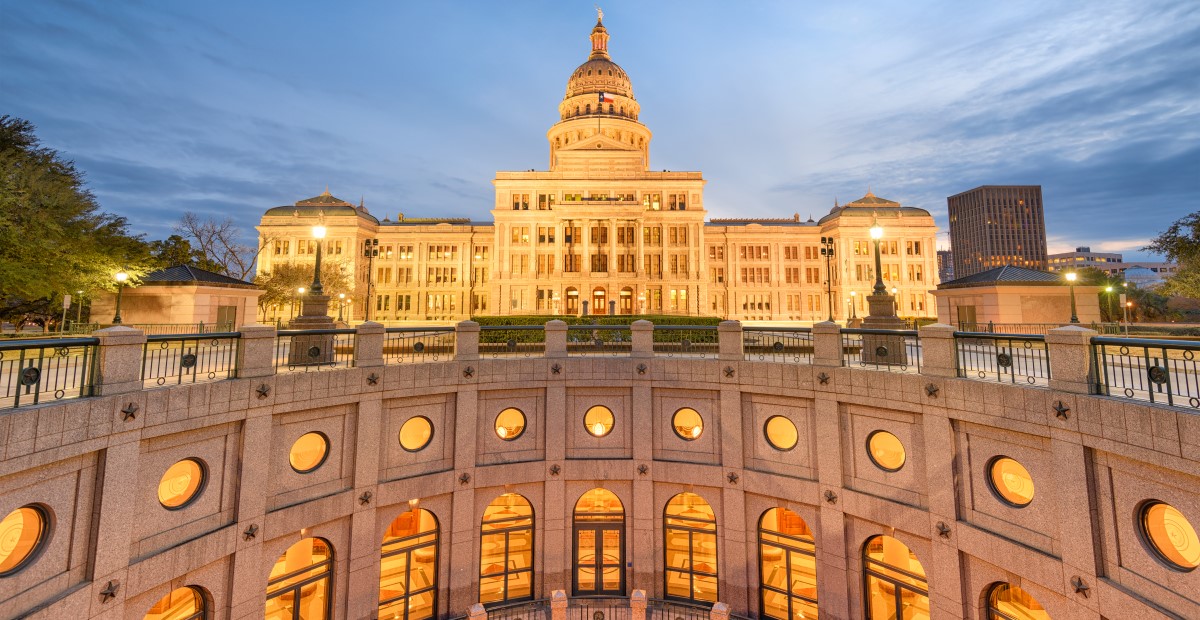From the Texas Tribune: Analysis: The Politics of the State Growth Rate

Date Posted: 12/01/2014 | Author: Jennifer Mitchell, CAE
by Ross Ramsey, The Texas Tribune
Dec. 1, 2014
A small group of Texas legislators will meet this week to decide how much they think the state’s economy will grow in the next two years.
CONVERSATION
RECOMMENDED FOR YOU

12/19/2025
Teach the Vote’s Week in Review: Dec. 19, 2025
Happy Holidays from ATPE! The ACLU of Texas is challenging SB 12 in federal court, and ATPE has distributed candidate surveys to those running for statewide, legislative, and SBOE seats.

12/18/2025
Gov. Abbott’s property tax promise and the split in the Texas GOP
Property taxes aren’t just a political talking point. They’re the main revenue source for vital local services, including police, fire, and public education.

12/12/2025
Dec. 8 filing deadline sets the stage for 2026 elections
Now’s the time to confirm your voter registration and update it if necessary.

